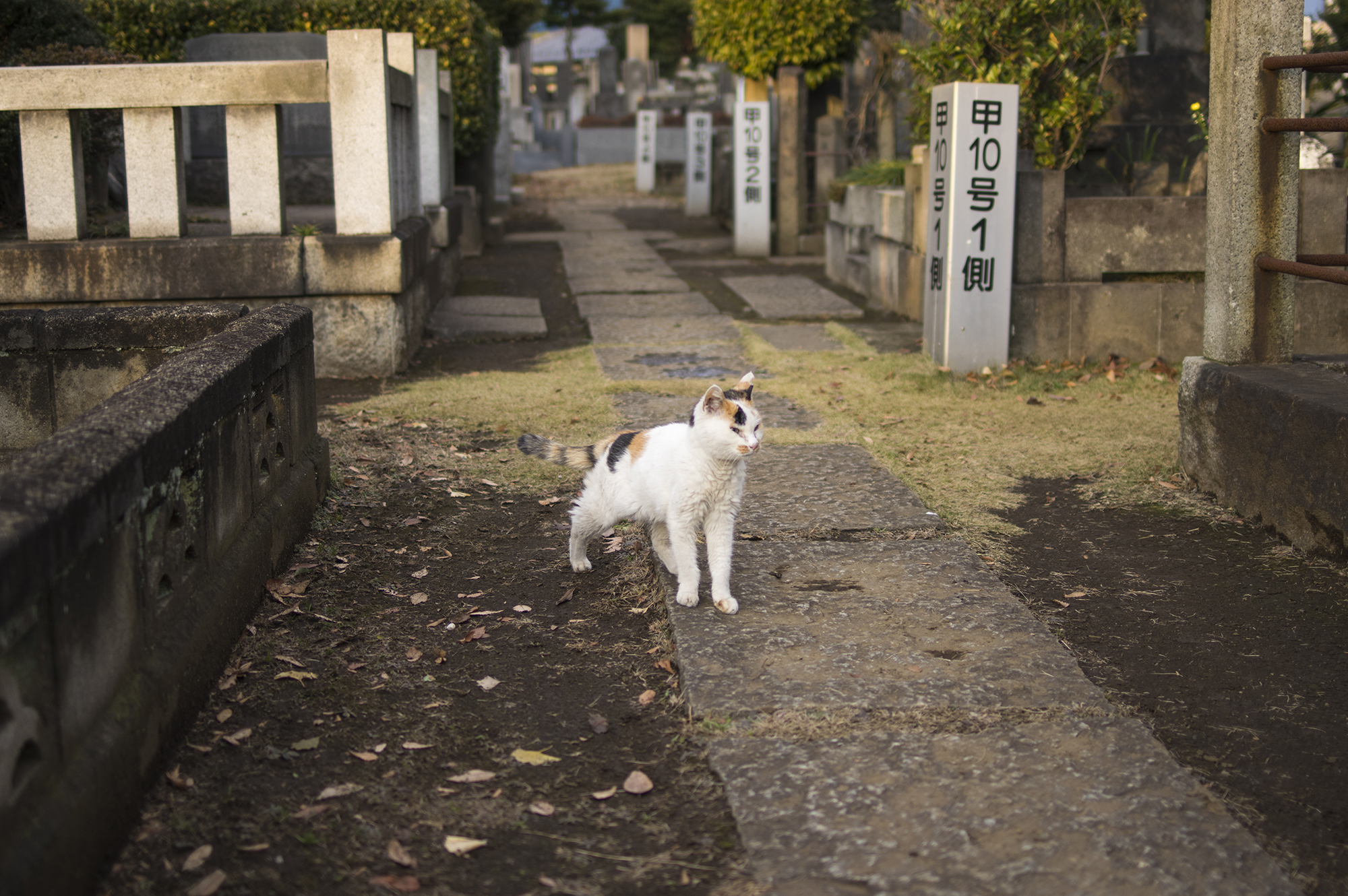- Características
- Historia
- Mejor época para visitar
- Información de acceso y horarios de visita recomendados
- Información del entorno
- Imágenes
- FAQ (ropa, normas)
- Referencias
Características
Matsue Castle, known for its stunning black and white exterior, is a prime example of traditional Japanese castle architecture. The structure features five levels (with only four accessible to the public) and is notable for its unique wooden framework and intricate roof tiles. One of its rare features is the presence of a donjon, providing breathtaking panoramic views of the surrounding landscape and the adjacent Matsue Shinjiko Lake.
Historia
Constructed in 1611 by the samurai Matsudaira Naomasa, Matsue Castle served as a strategic military base during Japan’s feudal era. It played a pivotal role during the period of the Edo government, enduring various historical events, including the Boshin War. Interestingly, it is one of the few remaining original castles in Japan, retaining its historical charm and architecture with minimal alterations over the centuries, attracting visitors with its rich history.
Mejor época para visitar
The ideal time to visit Matsue Castle is during the spring months, particularly in April when cherry blossoms bloom, creating a mesmerizing backdrop. Autumn also presents a stunning view as the leaves change color. Special events like the Matsue Castle Cherry Blossom Festival make these times particularly enchanting for visitors.
Información de acceso y horarios de visita recomendados
Matsue Castle is easily accessible via public transport. The nearest station is Matsue Station on the JR San’in Line, approximately a 15-minute walk from the castle. Alternatively, local buses and taxis can drop you near the castle. Visitors are recommended to come early in the day, as mornings offer a peaceful atmosphere and are less crowded. The castle is typically open from 9 AM to 5 PM, with last entry at 4:30 PM.
Información del entorno
In the vicinity of Matsue Castle, visitors can explore a range of attractions, including the beautiful Matsue Shinjiko Onsen hot springs, the historic Yaegaki Shrine, and the scenic Matsue Castle park. Nearby dining options offer local delicacies, including Matsue’s famous wagyu beef and fresh seafood, making it an inviting area for both history enthusiasts and food lovers.
Imágenes
Here are a few selected images showcasing Matsue Castle and its surroundings:

Magnificent view of Matsue Castle from the entrance. 
Cherry blossoms in full bloom around the castle grounds. 
Stunning interior showcasing traditional Japanese architecture.
FAQ (ropa, normas)
Visitors are advised to wear comfortable shoes suitable for walking on uneven surfaces. There are no specific dress codes, but casual attire is recommended. Photography is allowed throughout the castle premises, but drones are prohibited. Ensure to check for visitor guidelines and regulations upon entering the site to maintain respect for this historic location.
Referencias
For further information on Matsue Castle, consider visiting the following credible resources:
1. Matsue Castle Official Website
This site provides information about Matsue Castle, one of the 12 existing tenshu (castles) in Japan, and is known as the only legitimate tenshu. It includes details about its history, attractions inside and outside the castle, and recommended walking routes.
2. Matsue City Homepage
This page offers resources related to the restoration of Matsue Castle’s Otemon (main gate) and information about the Matsue Castle Symposium.
3. Shimane Tourism Navigation
This site highlights the charm of Matsue Castle, a symbol of Matsue City, and discusses its historical significance and architectural features.
4. Matsue Castle Related Materials Collection
This page details the research and studies conducted regarding Matsue Castle since the establishment of the National Treasure Promotion Office in 2010, including reports and findings.
5. Matsue Castle – Wikipedia
The Wikipedia page provides a comprehensive overview of Matsue Castle, including its history, architectural style, and significance as a political and economic center during the Edo period.
Lugares recomendados en un radio de 10 km
- Discover Kamozu Shrine in Matsue City, Shimane Prefecture: A Hidden Gem of Japan
- Discover the Beauty and History of Yaegaki Shrine in Matsue, Shimane Prefecture
- Discover Getsushoji Temple: A Historical Gem in Matsue City, Shimane
- Discovering Sadakuni Shrine: A Hidden Gem in Matsue, Shimane Prefecture
